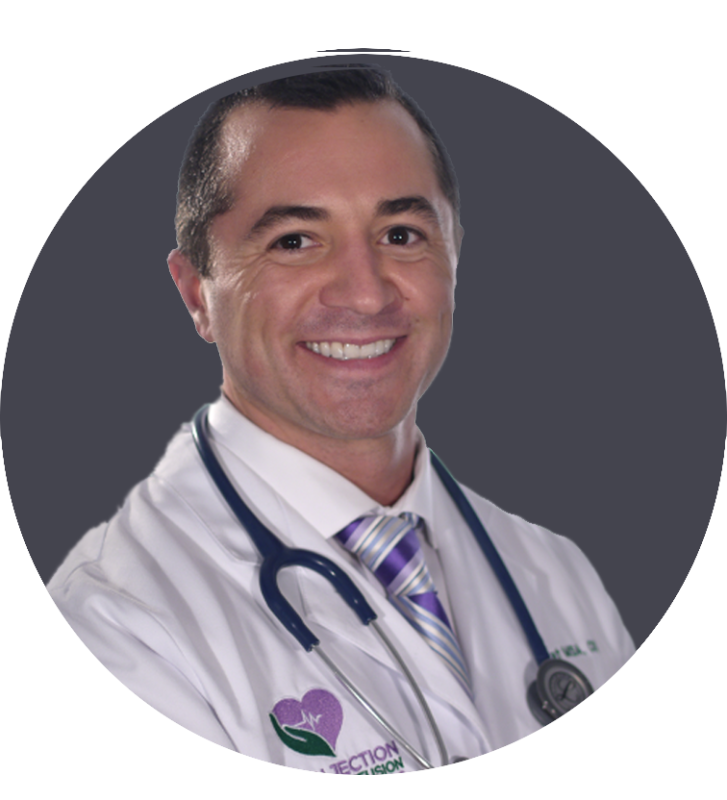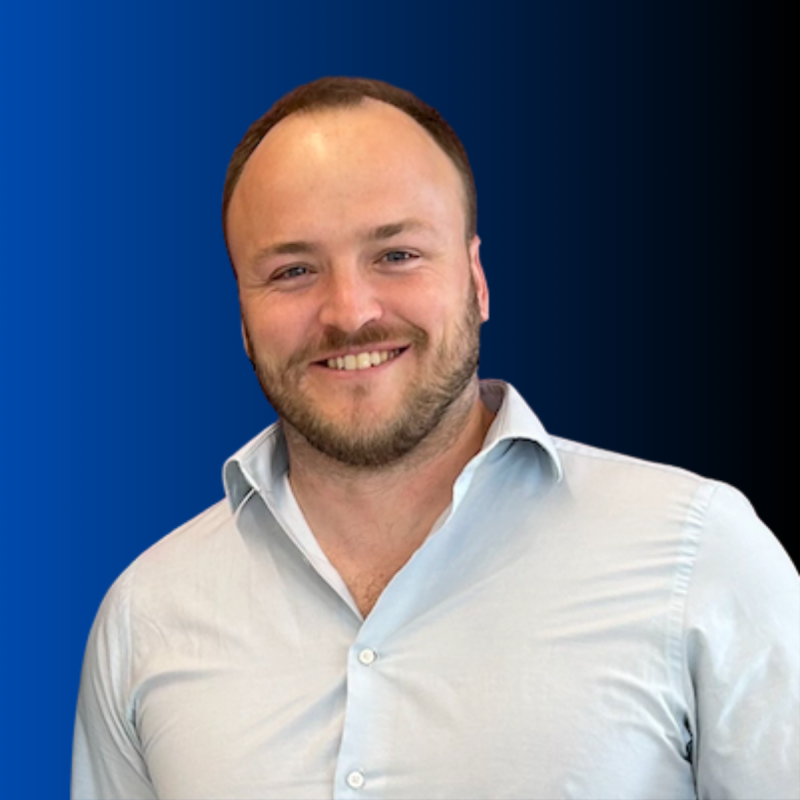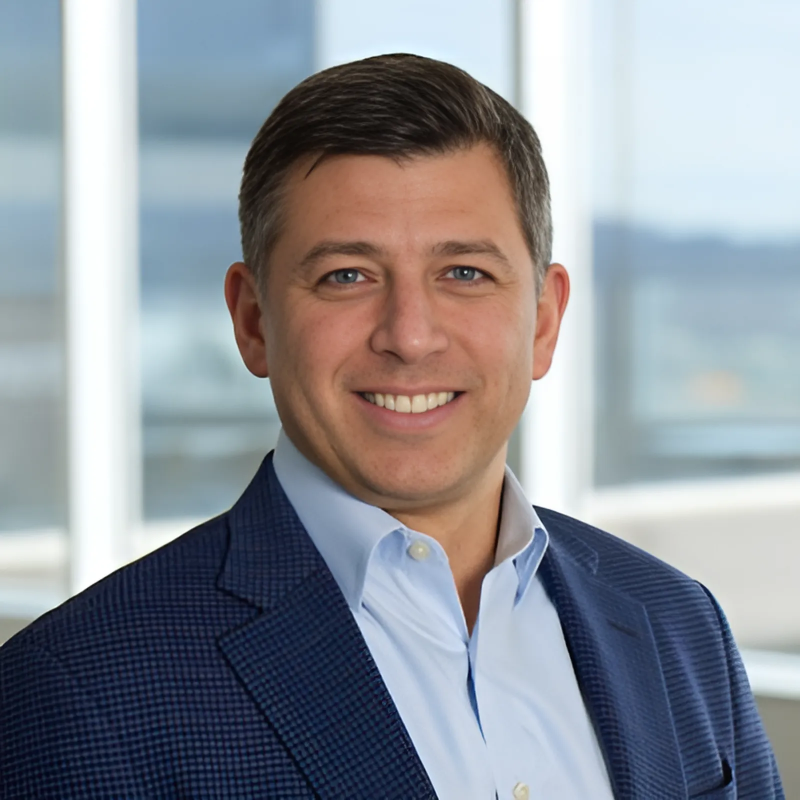By Jason A. Duprat MBA, MSA, APRN, CRNA
Over the past few years, doctors and other healthcare professionals have been pushed to their limits. Reports show that between 25 and 30 percent of healthcare professionals suffer from symptoms of burnout. According to one study, one in five doctors have said they plan to quit in the next two years.
While the COVID-19 pandemic certainly had a lot to do with exacerbating the already-present problem in today’s healthcare system, these pressures have been around for decades. Burnout in the medical field has been reported by 35 to 54 percent of nurses and physicians in the US.
There’s a constant pressure in today’s health care system to increase productivity and cover additional shifts because of staffing shortages for many healthcare specialties. This situation has frequently led clinicians to be dissatisfied with their work environment because they’re forced to work more than 40 hours per week with mandatory overtime.
A well-known downside to being in the healthcare field is that most facilities, hospitals, and clinics are open 24 hours a day, seven days a week, 365 days a year. All those extra hours — combined with having to work holidays, evenings, and often weekends, depending on the specialty — all contribute to dissatisfaction and burnout.
Burnout and other stressors are not something to take lightly. There is a higher suicide rate amongst doctors. A recent study of anesthesiologists shows that 28 percent were clinically depressed. Even more shocking is the report that, every 24 hours, one doctor in the US commits suicide — the highest rate of any profession.
Types of businesses healthcare professionals are starting to escape corporate burnout
Clinicians or health care professionals are starting a variety of businesses. I’ve interviewed over 120 healthcare entrepreneurs on my podcast, and the variety of companies they’re founding is astounding.
Clinicians are no stranger to leveraging their existing skill sets. For example, you’ll have a nurse practitioner who’s worked in the hospital system, and they’re simply over it. Typically, they will start their own private practice. Some will decide to go the insurance route, and more are going the self-pay route. This route is when they create practices, such as direct primary care, a kind of membership primary care where you pay-in for medical services.
I’m a direct primary care member myself. In my particular case, I pay $69 a month, and I get access to a physician, but some places have nurse practitioners or physicians available. The way it’s structured, you receive unlimited consultations with your provider. Most people are reasonably healthy and not overutilizing the service, making it a good business model.
Frequently, these services will take on several hundred patients who pay these membership fees. In most cases, the physician or healthcare provider is typically earning the same — or even more — than they could in a corporate healthcare system, but at much lower stress levels.
We’re also seeing registered nurses starting IV hydration or IV nutrition businesses. They’re providing mobile services, or they’re creating their clinics and hiring the providers to write those orders, evaluate those patients, and run the business and do the infusions themselves. That’s just one example, but many more options are available.
Another exciting direction I’ve seen has been people starting their own software companies related to their specialty. I recently interviewed a physician who specializes in obesity. She started a software company with her husband that other clinicians can use. They created a computerized algorithm to walk clinicians through the step-by-step process of exactly how to implement the weight loss treatment plans for a patient. It incorporates automated follow-ups with the patient, and it’ll send automated text messages to enter their weight, calories, and all the other necessary data.
Clinicians are taking this new route because they’re finding that the income potential will be at least equal, In many cases, it ends up being far greater. However, I see that most clinicians are interested in helping patients on their terms. They want control over their schedule; they want to be able to take the holidays off without having to beg or pay coworkers to cover their shifts. They value the freedom and autonomy that this route provides.
Why every healthcare professional should have a side-gig, and how they can start one without abruptly quitting their full-time job
I’m a huge believer that every clinician, health care practitioner, or healthcare worker should have a side-gig of some sort. Most of the time, there’s some side business that they can use to leverage their existing health care skill set, or sometimes they will build a new business around a particular skill — something that they’re good at that’s perhaps a hobby or special interest.
I say they should have a side-gig because, when it comes to working for large corporate healthcare systems, there’s not a lot of job security these days. With Covid, a lot of these non-acute, non-emergency cases were canceled. Many people were laid off in specific sectors of the healthcare industry because all of the elective cases and elective surgeries were canceled, postponed, or delayed.
There are several ways healthcare professionals can benefit from a side gig, be it extra money to pay those student loans from medical school, additional fulfillment, or simply bolstering their skills and finances to build something for their future.
Advantages of starting a business as a licensed healthcare professional
By having your own side business or a full-time gig, you can reap the benefits of a two-tiered or two-class tax system in the US. W2 employees pay the most taxes compared to a business owner. A business owner could be somebody who creates a small company, working as a 1099 contractor to have their income at the top of a profit and loss sheet, where they get to subtract all of their entirely tax-free expenses. After subtracting expenses such as their vehicle, malpractice insurance, cell phone, or anything at all that’s related to the business, they have a much lower taxable income than a W2 employee. By comparison, the W2 employee will pay taxes on every penny they earn.
Another huge advantage is that today, 401Ks have almost vanished. Many large institutions are providing a measly 2.5-3 percent match on 401K programs, which drastically affects the retirement potential of all healthcare professionals.
Another benefit of starting your own business or side-gig is building a valuable asset. This asset is something that’s going to put money into your pocket when you’re ready for retirement. As they’re starting their business, many people don’t even consider that the business could eventually become a sellable asset. Suppose you build a business correctly; you could conceivably exit or retire with as many as a six or seven-figure retirement package, potentially walking away with millions.
How some healthcare professionals are leaving corporate healthcare to enter more promising, novel areas of medicine
Psychedelics are one of the newest areas of medicine. It started with Ketamine, the only legally-available psychedelic right now. Ketamine is highly effective in treating a number of health conditions, and there have been multiple studies out of institutions like Yale and Johns Hopkins, which just created a Center for Psychedelic Research, that highlight its benefits.
Duke University also conducted their own study because this field is so promising. The results of Ketamine’s efficacy in therapy are so astounding that it’s considered the most effective antidepressant ever discovered. However, it’s usually reserved for patients that suffer from treatment-resistant depression. Essentially, these are patients who have tried at least two traditional antidepressants without a positive response in treatment.
Even in those most challenging-to-treat patients, Ketamine can get a 70 to 75 percent response rate, a response measured by a 50 percent reduction in their depression symptoms. These results completely blow all of the other antidepressants out of the water.
The downsides to Ketamine treatment, although, are that it’s inconvenient, and most clinics are currently doing it with an IV or intramuscular injection. In the meantime, pharmaceutical companies are trying to come up with a different delivery method.
Furthermore, we’re also seeing massive interest in treatments using substances like psilocybin, more commonly known as the hallucinogenic substance found in “magic mushrooms.” Many studies that have used psilocybin to treat symptoms of anxiety, depression, and even PTSD show similar results to those in which Ketamine was used in treatment.
In addition to these substances, societies like the Multidisciplinary Association of Psychedelics, or MAPS, are researching potential treatment benefits of MDMA. This substance is more commonly known as ecstasy or “molly,” and is getting extremely close to receiving the FDA’s official stamp of approval.
This field of medical research is astounding. Nevertheless, it’s still considered a sort of taboo of sorts to talk about these drugs. Many still have social stigmas attached to them, which can be traced back to the 1970s when Richard Nixon waged his war on drugs. As a result, any attempts to research or study these medications was stifled for decades. It wasn’t until relatively recently that some more well-known, accredited institutions began publishing these studies with promising results. In any case, all these drugs are still listed as controlled or illicit substances.
Today, we’re seeing a huge wave of investment capital from the clinician’s side to start their own sig-gigs, practices, or other businesses. Since the pandemic’s initial onset in March of 2020, healthcare professionals have faced more pressures than ever before. Still, they are not without options. There are more opportunities than ever before to build a new career utilizing the education and skills these professionals already possess in order to create a new future that offers them greater freedom, time, and a higher quality of life.
Editor’s Note: Jason A. Duprat MBA, MSA, APRN, CRNA is a nurse anesthetist and former naval officer, turned serial entrepreneur who has a formative background in private practice startups, business technology, and healthcare marketing. He is the Founder of the Healthcare Entrepreneur Academy, the Founder of the Ketamine Academy, and the Co-founder of the IV Therapy Academy. Jason is the creator and host of the Healthcare Entrepreneur Academy Podcast, a podcast devoted to inspiring, motivating, and educating healthcare professionals on their quest to become successful healthcare business owners. On his show, Jason has hosted over 256 episodes including over 120 guest interviews.




